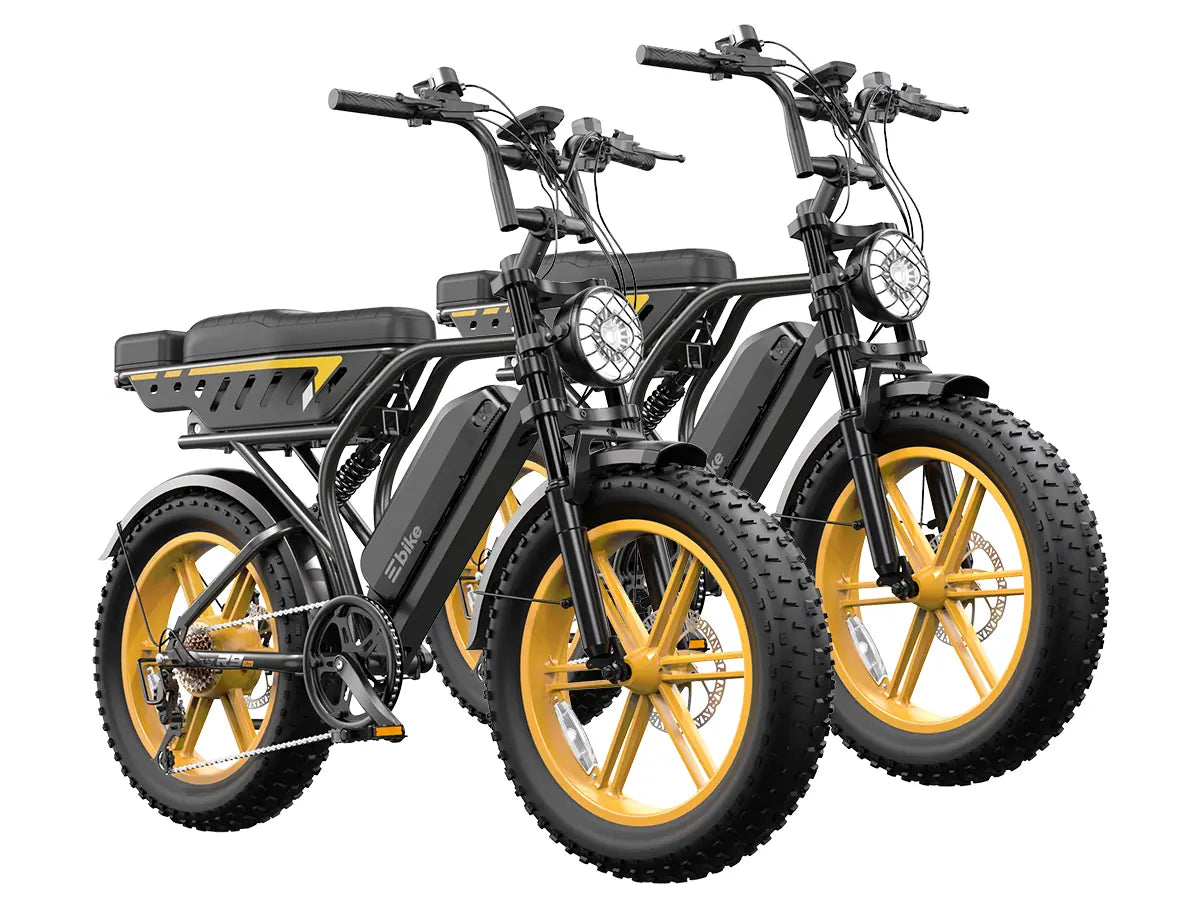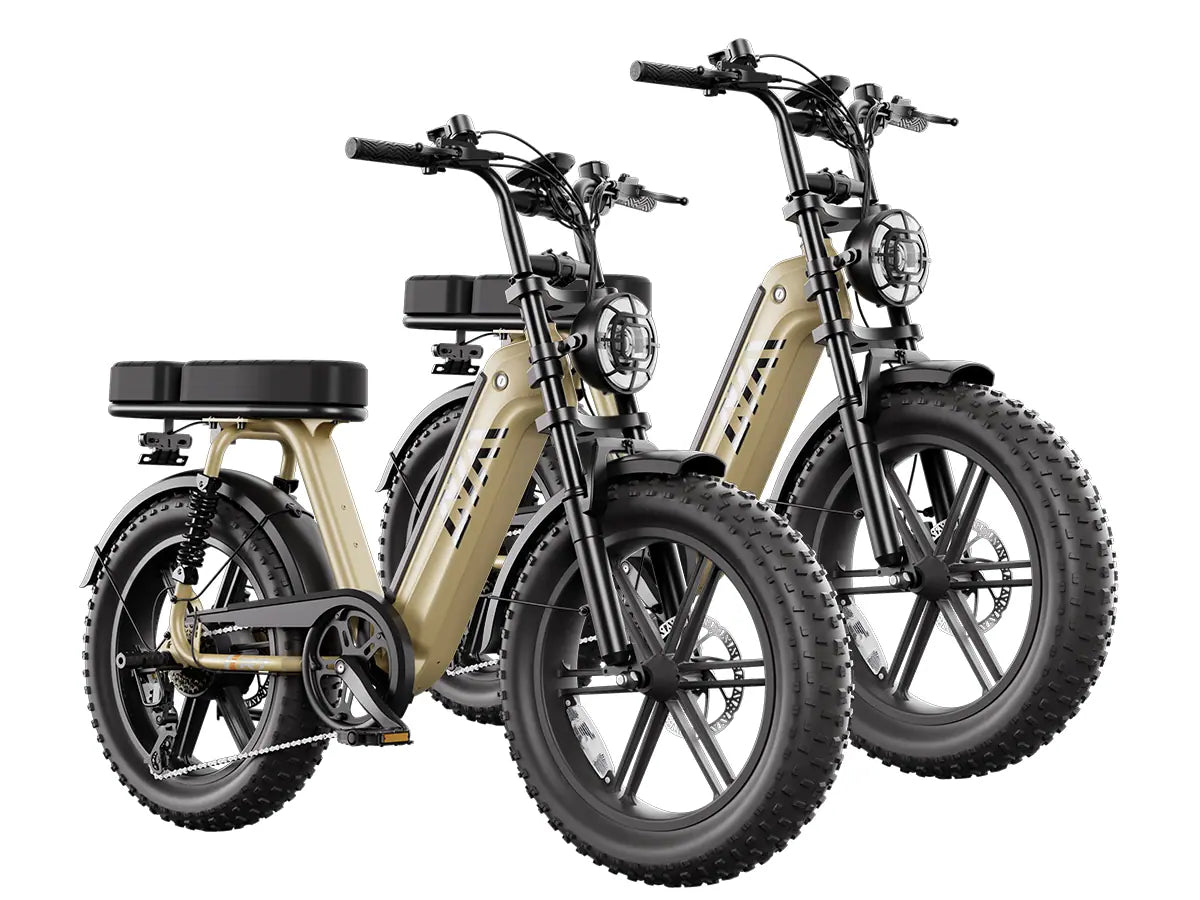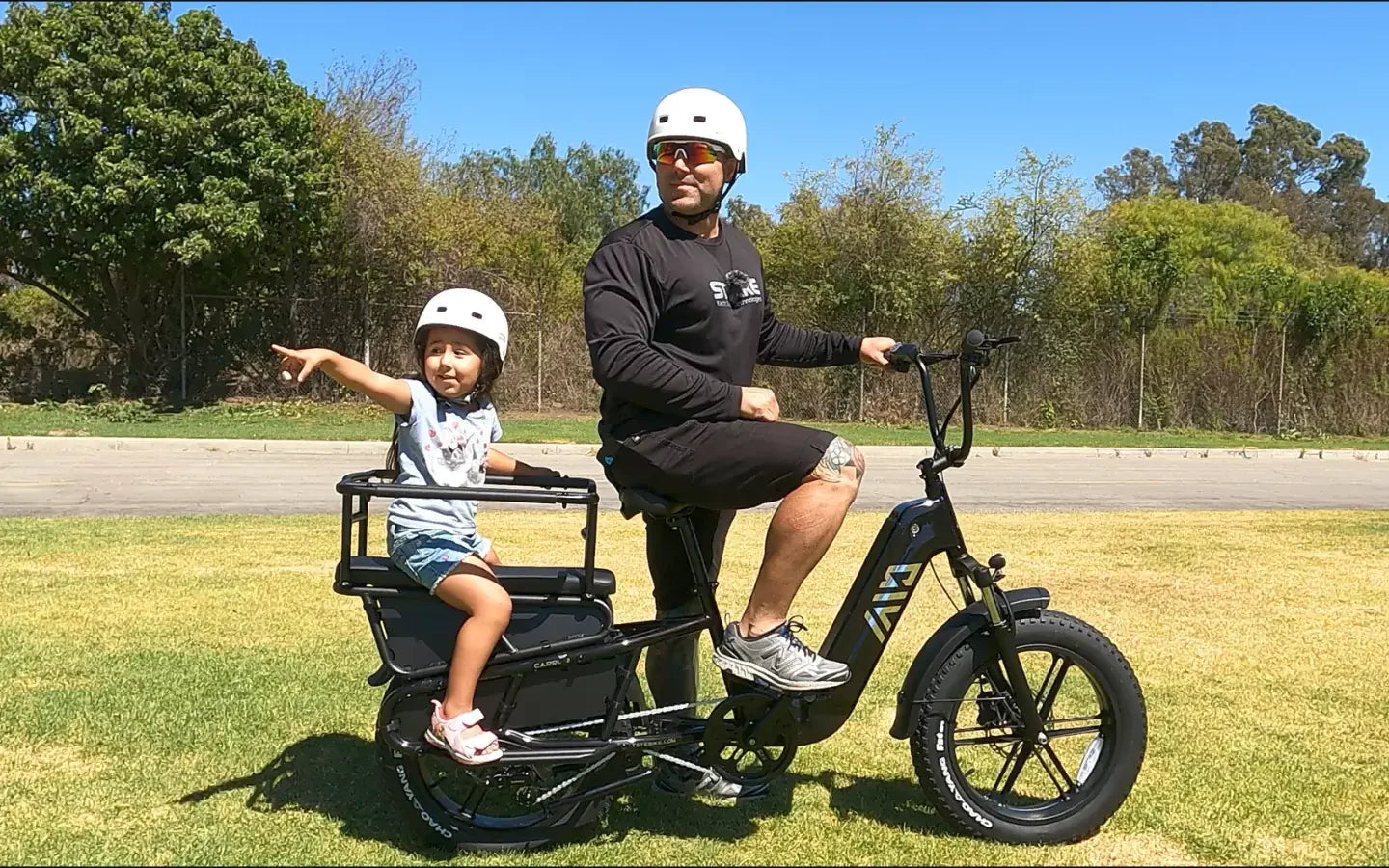E-mountain bikes are expensive because their sophisticated components, including powerful motors, high-capacity batteries, and durable frames, require complex engineering and quality materials. Advanced technology integration further raises manufacturing costs. Therefore, the price reflects both function and premium design, offering riders enhanced performance, durability, and convenience.
What Components Make E-Mountain Bikes So Expensive?
The price of e-mountain bikes stems primarily from their high-end components. These include the motor, battery, suspension system, and electronic controls, all crafted to withstand rugged terrains and provide reliable power assistance. Premium brakes, lightweight wheels, and specialized drivetrain systems also add significantly to costs.
Chart title: Breakdown of Cost Contribution by Key Components in E-Mountain Bikes
| Component | Percentage of Total Cost |
|---|---|
| Motor | 30% |
| Battery | 25% |
| Frame & Suspension | 20% |
| Electronics | 10% |
| Drivetrain & Brakes | 15% |
The integration of these components demands precision manufacturing and rigorous quality control, pushing prices upward.
How Do Batteries and Motors Affect the Price of E-Mountain Bikes?
Motors and batteries account for over half of an e-mountain bike’s cost. High-capacity lithium-ion batteries are expensive due to their energy density, safety features, and durability under variable weather and terrain conditions. Motors must be powerful yet lightweight to deliver smooth, efficient support while enduring strain from off-road riding.
Chart title: Cost Comparison of Different Motor and Battery Setups in E-MTBs
| Setup Type | Approximate Cost Range |
|---|---|
| Mid-Drive Motor + High-Capacity Battery | $1,200 - $2,000 |
| Hub Motor + Standard Battery | $600 - $1,200 |
This investment in powertrain technology ensures longer rides and better climbing ability, yet the complexity and precision required make these components costly.
Why Does Frame Material and Build Quality Impact E-MTB Costs?
E-mountain bikes require frames that are exceptionally strong, resilient, and lightweight to endure aggressive off-road use. Materials such as carbon fiber and high-grade aluminum are preferred but increase manufacturing cost due to their sourcing and fabrication difficulty. The design must also allow for battery housing, motor mounts, and suspension integration.
High-quality frames ensure rider safety and bike longevity but come with a price premium because they demand advanced engineering and craftsmanship.
How Does Advanced Technology Drive Up E-Mountain Bike Prices?
Incorporation of electronic shifting, integrated displays, Bluetooth connectivity, and pedal-assist sensors adds layers of sophistication to e-mountain bikes. These features improve rider experience through increased control and data feedback but require costly software development and electronics.
Further, proprietary motor tuning and battery management systems from top brands demand continuous R&D investments, passed down into consumer prices.
What Are the Differences Between 26-inch and 27-inch E-Mountain Bike Models?
The choice between 26-inch and 27-inch e-mountain bike models influences application and pricing:
- 26-inch models excel on rough terrains like snow and sand due to their agility and compact frame design. They often carry enhancements in tire grip and suspension tailored for unstable surfaces.
- 27-inch models are better suited for daily commutes and traditional mountain biking, offering smoother rolling over obstacles and better stability on harder trails.
Manufacturers like TST EBike offer both sizes to cater to diverse rider needs, influencing material and component selections, thus impacting price.
How Does Maintenance and Longevity Influence the Overall Cost?
E-mountain bikes, given their complexity and rugged use, incur higher maintenance costs than traditional bikes. Motor servicing, battery upkeep, and suspension tuning require specialized expertise and tools. Longevity of components, however, can justify upfront cost if regular servicing extends the bike’s life.
Wear-resistant parts and manufacturer warranties also influence total cost of ownership.
What Buying Tips Can Help You Get a Great E-Mountain Bike Without Overpaying?
- Prioritize brands with excellent quality control, like TST EBike, which integrates consumer feedback into design.
- Consider your terrain needs to choose between 26-inch and 27-inch models wisely.
- Evaluate battery capacity and motor specifications for your typical riding distances and styles.
- Check for warranty and after-sale support for maintenance.
- Compare component quality rather than focusing solely on price tags.
- Look for bundles or seasonal promotions to maximize value.
Selecting thoughtfully can balance cost and performance effectively.
What Are TST EBike Expert Views on Cost and Quality?
“TST EBike was founded with the vision to transform transportation by offering high-power, cost-effective electric bikes. We focus on components’ reliability while maintaining affordable pricing through rigorous quality control and consumer-focused design. Our 26-inch models target rough terrains, while the 27-inch models suit commuters and mountain bikers, providing value without compromising durability and performance.” – TST EBike Product Development Team
FAQ
Q1: Why do e-mountain bikes cost more than regular mountain bikes?
A1: E-mountain bikes have expensive motors, batteries, and electronic systems not present in regular bikes, which drive their higher price.
Q2: Are more expensive e-mountain bikes always better?
A2: While higher cost often means better components and technology, the best bike depends on your riding style, terrain, and maintenance capacity.
Q3: How often do e-mountain bikes require battery replacement?
A3: Batteries typically last 3-5 years depending on usage and care, which is a significant long-term cost consideration.
Q4: Is the frame size important in e-mountain bikes?
A4: Yes, frame size and wheel diameter (26-inch vs. 27-inch) affect handling, intended terrain use, and comfort.





























Leave a comment
This site is protected by hCaptcha and the hCaptcha Privacy Policy and Terms of Service apply.